
- For PC
- For MAC
- For Linux
- OS: Windows 10 (64 bit)
- Processor: Dual-Core 2.2 GHz
- Memory: 4GB
- Video Card: DirectX 11 level video card: AMD Radeon 77XX / NVIDIA GeForce GTX 660. The minimum supported resolution for the game is 720p.
- Network: Broadband Internet connection
- Hard Drive: 22.1 GB (Minimal client)
- OS: Windows 10/11 (64 bit)
- Processor: Intel Core i5 or Ryzen 5 3600 and better
- Memory: 16 GB and more
- Video Card: DirectX 11 level video card or higher and drivers: Nvidia GeForce 1060 and higher, Radeon RX 570 and higher
- Network: Broadband Internet connection
- Hard Drive: 62.2 GB (Full client)
- OS: Mac OS Big Sur 11.0 or newer
- Processor: Core i5, minimum 2.2GHz (Intel Xeon is not supported)
- Memory: 6 GB
- Video Card: Intel Iris Pro 5200 (Mac), or analog from AMD/Nvidia for Mac. Minimum supported resolution for the game is 720p with Metal support.
- Network: Broadband Internet connection
- Hard Drive: 22.1 GB (Minimal client)
- OS: Mac OS Big Sur 11.0 or newer
- Processor: Core i7 (Intel Xeon is not supported)
- Memory: 8 GB
- Video Card: Radeon Vega II or higher with Metal support.
- Network: Broadband Internet connection
- Hard Drive: 62.2 GB (Full client)
- OS: Most modern 64bit Linux distributions
- Processor: Dual-Core 2.4 GHz
- Memory: 4 GB
- Video Card: NVIDIA 660 with latest proprietary drivers (not older than 6 months) / similar AMD with latest proprietary drivers (not older than 6 months; the minimum supported resolution for the game is 720p) with Vulkan support.
- Network: Broadband Internet connection
- Hard Drive: 22.1 GB (Minimal client)
- OS: Ubuntu 20.04 64bit
- Processor: Intel Core i7
- Memory: 16 GB
- Video Card: NVIDIA 1060 with latest proprietary drivers (not older than 6 months) / similar AMD (Radeon RX 570) with latest proprietary drivers (not older than 6 months) with Vulkan support.
- Network: Broadband Internet connection
- Hard Drive: 62.2 GB (Full client)
|
|
OPERATIONS GUN and NEWT
Fairmile 'D', Higgins 78', LCGs. By John Moore
In early 1944 German coastal forces off Italy were using convoys of heavily armed barges called "F-lighters" by the Allies. Guns up to and including 88mm flak cannon made them a formidable foe, and their shallow draught made them a difficult target for torpedoes. To counter this threat Commander Robert Allan, RNVR, assembled a battle fleet in miniature. His "battleships" were Landing Craft Guns (LCGs), tank landing craft modified to carry 4.7 inch guns. The escorts were Anglo-American: a screening force of Dog Boats (Fairmile 'D' MGBs and MTBs), and PT boats using their superior radar for scouting and control.
In March 1944 Allan took his fleet into action in Operation Gun, attacking a convoy of 6 F-lighters escorted by two destroyers. PT boats drove off the destroyers allowing the LCGs to engage the F-lighters, sinking all six with no loss. The following month Allan's fleet sallied forth again in Operation Newt, encountering several groups of enemy ships and sinking five F-lighters and a tug. Allan was awarded the DSO "for courage, determination and skill in Light Forces in successful actions with enemy coastal forces off the west coast of Italy".
Sources:
"At Close Quarters - PT Boats in the United States Navy", Captain Robert J. Bulkley, Jr.
"With Utmost Spirit: Allied Naval Operations in the Mediterranean, 1942-1945", Barbara Tomblin
Katyushas from the River at Stalingrad
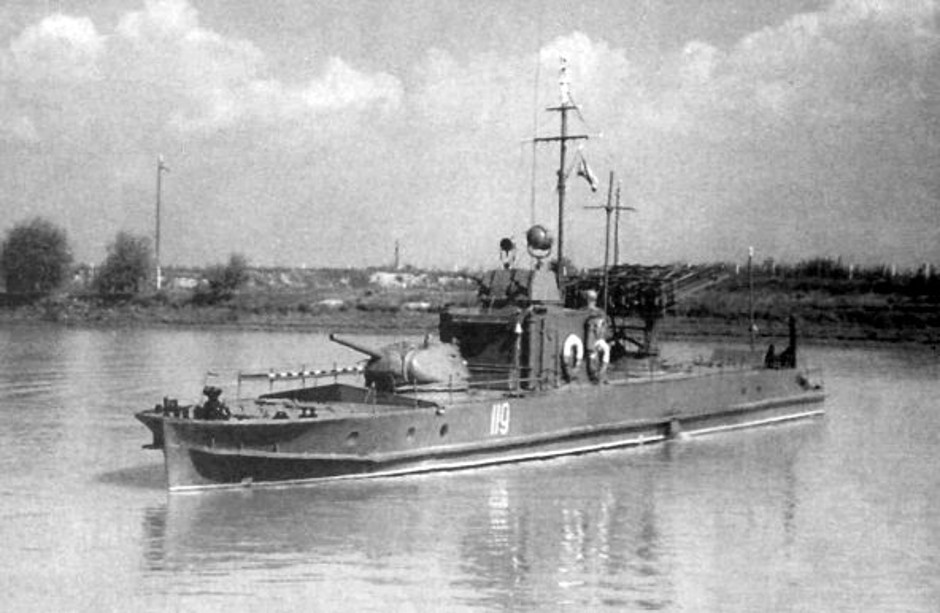 |
During World War II, Stalingrad was a major port on the Volga River. In July of 1941, a month after the German invasion, a dedicated Soviet army detachment was created on the Volga River to train servicemen for the Volga fighting fleet. In October, it was transformed into the Volga Naval Flotilla. At that time it was made up of an assortment of vessels, seven gunboats, fifteen armoured boats, over twenty minesweepers and two floating artillery batteries.
The frontline was moving closer to the Volga River in 1942, its strategic role as a major inland waterway vital to both sides. The Soviet side were constantly devising modifications and innovations to help defend Volga shipping. Despite all the difficulties involved, the armoured boats were equipped with tank turrets. It was at the battle of Stalingrad that the boats first employed rocket mortars. When new - smaller and lighter - models were produced, they were installed on armoured boats as well. That’s how the world-famous Katyusha rocket mortars appeared on the Volga during the battle of Stalingrad.
The heroic deeds of the Volga Naval Flotilla are undoubtedly equal to the most illustrious feats performed in the battle of Stalingrad. The Soviet army suffered heavy losses, but it also dealt the German war machine a crushing blow on the Volga as well as on land.
HOLE-Y MACKEREL
PT 167, Elco 80'. By John Moore.
In November 1943 PT 167, bedecked in "zebra stripe" dazzle camouflage, was escorting a pair of landing craft to Treasury Island. A squadron of Japanese B5N "Kate" torpedo bombers caught the convoy at twilight, and dived in to attack. Perhaps mistaking the boats for larger vessels they released their torpedoes at close range, so close that the first bomber clipped PT 167's radio antenna; the sailors felt a severe jolt as it crashed into the sea. The gunners opened fire, hitting another aircraft that crashed close enough to drench them with the splash, while other bombers attacked the landing craft.
After the aircraft were driven off the captain of PT 167 inspected his craft and found the cause of the jolt: a torpedo had smashed right through the bow, sheering off the toilet seat from the head in the process, leaving a hole clean through the boat. Landing craft LCI 90 had also been hit, penetrated by another torpedo that failed to explode and ended up wedged in the engine room. PT 167 took the crew off, and LCI 90 was towed back to port; both vessels were repaired and soon back in action. Japanese radio reports the following day of two aircraft carriers sunk were a little wide of the mark!
Sources:
"At Close Quarters - PT Boats in the United States Navy", Captain Robert J. Bulkley, Jr.
PT Boat forum thread:
PT 167 (including photographs of the damage):
LCI 90 (including the crew posing with the unexploded torpedo)
The IJN Plays catch up
The Imperial Japanese Navy was not particularly interested in PT-boats until they began to encounter increasing numbers of American PTs. Patrol Boats had no initial role in the IJN's war formula of fighting one decisive battle, nor did the IJN's strategic plans give any priority to defending the shorelines of Japan or its conquered territories. Once the Japanese had seen what these fast small craft could accomplish, only then did they begin a program to mass produce such boats.
There isn't a lot of ready history on Japanese PT's, however snippets of actions did linger on past the war. On the 2nd of September 1944, a Japanese patrol boat tried desperately to locate Lieutenant George HW Bush - another future president, when his TBM Avenger was shot down off Chichi Jima in the Bonin Islands. Another Avenger in his flight drove it off with gunfire before he was rescued by the submarine USS Finback that was stationed on lifeguard duty which surfaced in the middle of the action to snatch Bush to safety.
FIRST INTO BIZERTE
PT 202, 204 and 205; Higgins 78' boats. By John Moore
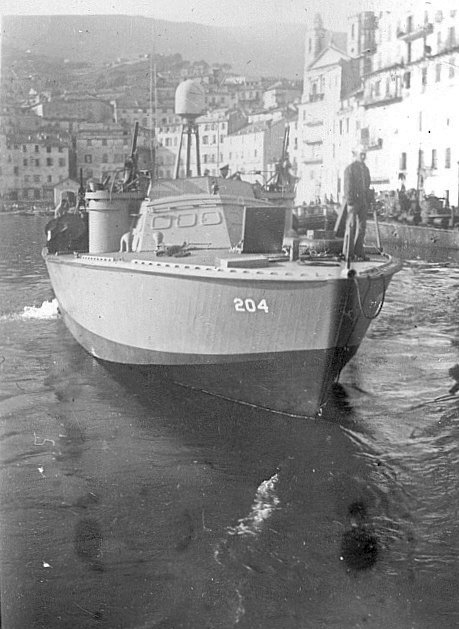 |
It wasn't just the enemy that PT boat crew had to watch out for. In May 1943 PT 202, PT 204 and PT 205 were patrolling the coast of North Africa when they stumbled across two British destroyers, HMS Lamerton and HMS Wilton.
At the same time German E-boats had engaged the destroyers who opened fire on PT boats and E-boats alike; Lieutenant DuBose on PT 202 fired his emergency recognition flare to try and alert the destroyer crew, but it blended in with tracer fire in the pandemonium. The PT boats withdrew under smoke, strafing an E-boat in the process, but were chased by the determined Lamerton for almost an hour before the PT boats made their escape.
Short of fuel, Lieutenant O'Brien on PT 205 decided to put into Bizerte harbour, only recently captured by ground forces. The following morning, much to his chagrin, O'Brien was asked to move his boat so that photographers could get a clear shot of landing craft coming ashore, the "first" Allied vessels in Bizerte!
Sources:
"History of United States Naval Operations in World War II: Operations in North African Waters, October 1942-June 1943", Samuel Eliot Morison
"At Close Quarters - PT Boats in the United States Navy", Captain Robert J. Bulkley, Jr.
National Archives photograph, "Bizerte Harbour. These ships were the first to enter Bizerte in May of 1943. Tunisia."
United States Navy, via NavSource
The War Thunder Team
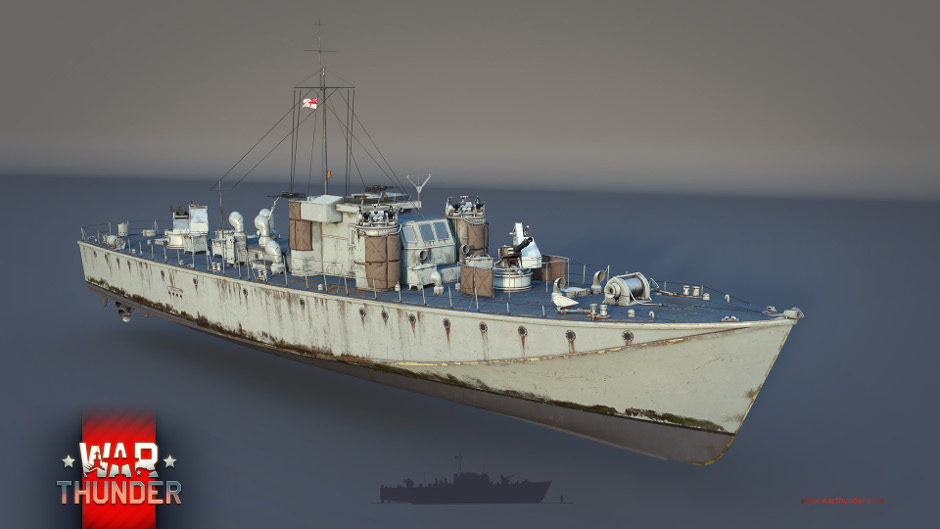
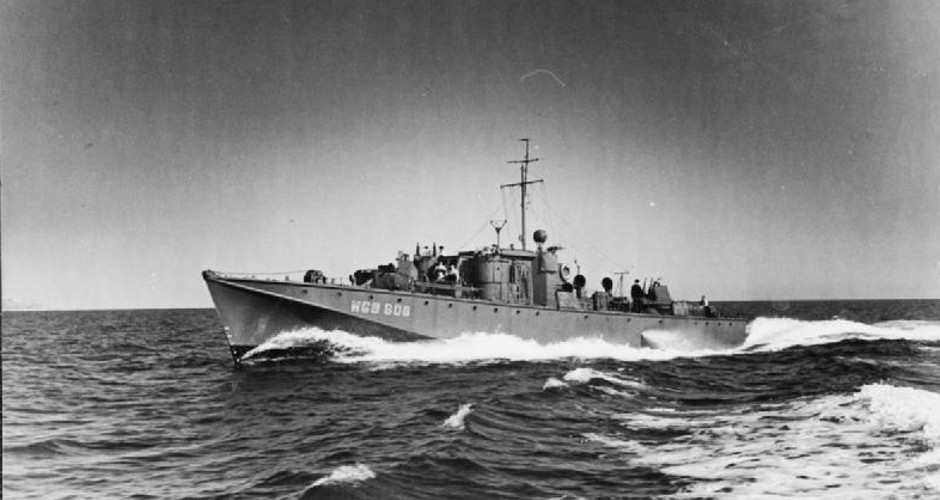
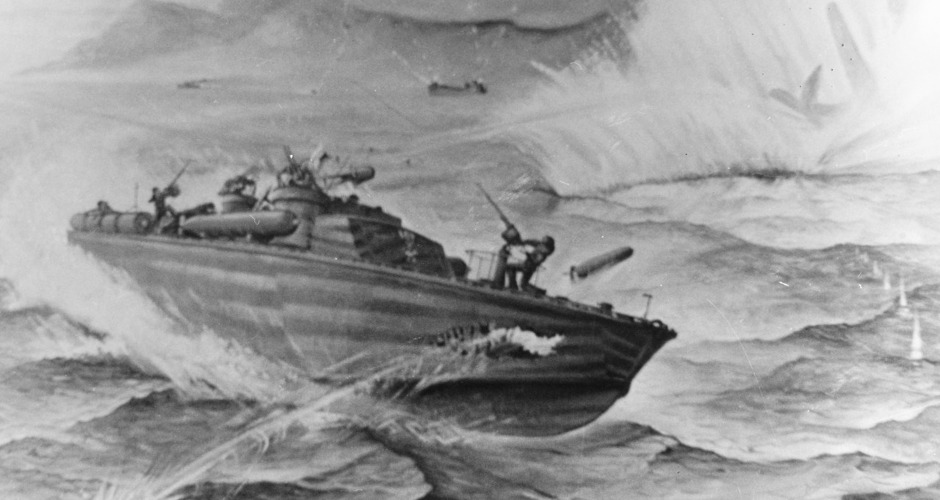



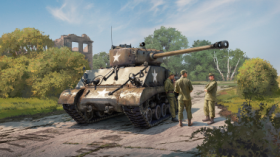

Comments (36)
Do the people bought a naval pack get a special email with where to register and special client like the CBT for ground forces or how will it be handelt ?
"Testing will take place on the main game server during specific hours"
Stona_WT, will there be a forum or devblog post about the times ?
is possible that in the future will be added as playable ships like corvettes, frigates or destroyers?
Will the Landing Craft (Gun) be a playable vehicle?
How Soon is "Soon"? it was "late this year" but now feels like we wont get it till christmas or new years or a rather, also, the ships CBT unlock during CBT, wil they be kept when everyone catches up to speed?
we*
i hear all coments about "coming soon"" but is the closed beta really coming soon? ;)
yes
ok ok i love Military History, nice job. And PT-boats, where are they???? :D :D
Patrol Torpedo Boat the precursor to the Fast Attack Craft of today. The latter using missiles instead of torpedoes. In the pre missile era the torpedo could be carried by small craft all along a coast making them capable of damaging/sinking larger ships like cruisers or battleships. To counter them the ship type Torpedo Boat Destroyer was developed. That name was soon shortened to the familiar Destroyer.
Nice!
but is the closed beta really coming soon?
Really Soon™
if you read the coments you see i have asked it already and got an answhere
Will the CBT come soon, sooner, or sooner than soon ?
Soon™
really very soon?
da!
Submit a complaint